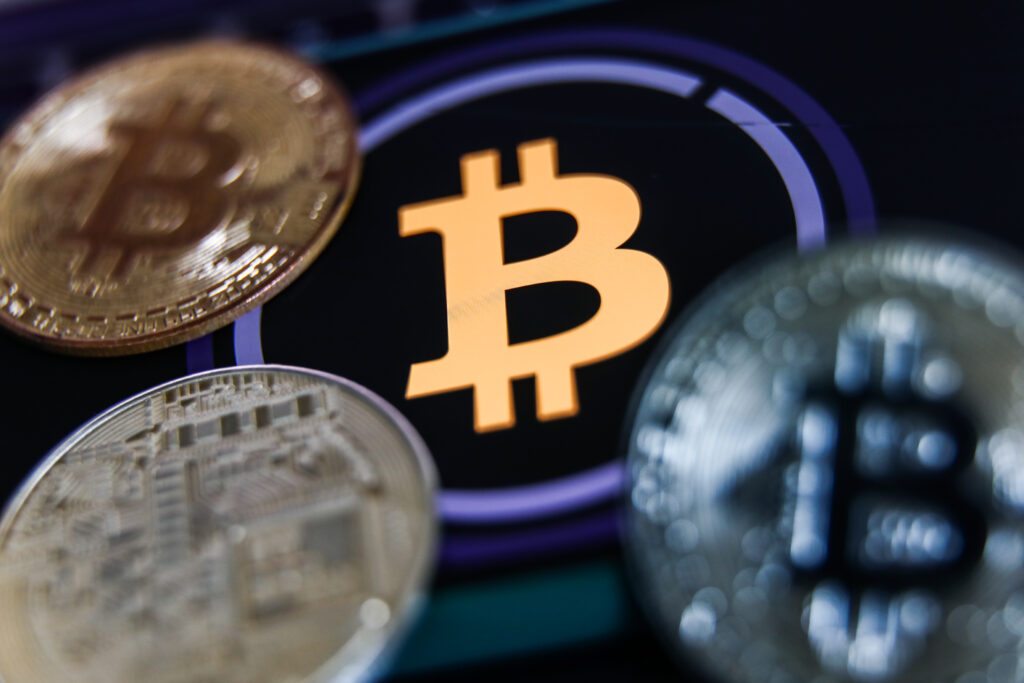Wrapped Bitcoin (WBTC) is a cryptocurrency that represents Bitcoin on the Ethereum blockchain. It is an ERC-20 token, which means it is built using Ethereum smart contracts and follows the Ethereum blockchain’s rules and standards. WBTC is designed to bring the liquidity and functionality of Bitcoin to the Ethereum ecosystem, enabling users to leverage the benefits of both blockchains.
Bitcoin and Ethereum are two of the most popular and valuable cryptocurrencies in the market. While Bitcoin is primarily used as a store of value and a medium of exchange, Ethereum is a smart contract platform that allows developers to build decentralized applications (dApps) and run smart contracts. Ethereum’s ecosystem is more flexible and programmable than Bitcoin, which means it can support a wide range of use cases and applications.
Wrapped Bitcoin bridges the gap between Bitcoin and Ethereum by allowing Bitcoin holders to use their coins on the Ethereum blockchain. It provides a way to unlock the value of Bitcoin and use it in the Ethereum ecosystem, where users can leverage its programmability and flexibility to create new financial products and services.
The process of wrapping Bitcoin involves depositing Bitcoin into a custodian, who issues an equal amount of WBTC on the Ethereum blockchain. The custodian holds the Bitcoin in reserve and ensures that each WBTC token is backed by an equivalent amount of Bitcoin. Users can then use WBTC to interact with Ethereum-based dApps, trade on decentralized exchanges, and participate in DeFi protocols.
WBTC is a joint initiative of several companies in the cryptocurrency industry, including BitGo, Kyber Network, Ren, and other members of the WBTC DAO. The WBTC DAO is a decentralized autonomous organization that governs the issuance and management of WBTC. It is responsible for maintaining the reserves of Bitcoin, ensuring the security and stability of the WBTC token, and developing new features and use cases for WBTC.
One of the key benefits of WBTC is its compatibility with the Ethereum ecosystem. Because WBTC is an ERC-20 token, it can be used in any Ethereum-based dApp or protocol that supports ERC-20 tokens. This opens up a wide range of possibilities for developers and users, who can leverage the liquidity and functionality of both Bitcoin and Ethereum.
For example, WBTC can be used to provide liquidity to decentralized exchanges (DEXs) like Uniswap and SushiSwap. By providing WBTC as a trading pair with other ERC-20 tokens, users can easily trade Bitcoin without having to go through a centralized exchange or convert their Bitcoin to Ethereum first. This increases the accessibility and usability of Bitcoin, while also providing more liquidity to the Ethereum ecosystem.
WBTC can also be used in decentralized finance (DeFi) protocols, which are financial applications that run on the Ethereum blockchain. DeFi protocols enable users to earn interest, lend and borrow assets, and trade financial instruments without intermediaries. WBTC can be used as collateral in DeFi protocols, allowing users to borrow other cryptocurrencies like Ethereum or stablecoins like USDC using their Bitcoin as collateral. This creates new opportunities for Bitcoin holders to earn interest and participate in DeFi without having to sell their Bitcoin.
WBTC also addresses some of the challenges and limitations of using Bitcoin on its own. While Bitcoin is a valuable and widely recognized cryptocurrency, its usability and functionality are limited by its design. For example, Bitcoin transactions can take several minutes or even hours to confirm, which makes it less suitable for fast and frequent transactions. Bitcoin’s transaction fees can also be high, especially during periods of high network activity, which can make it expensive to use for small transactions.
By wrapping Bitcoin on the Ethereum blockchain, WBTC can overcome some of these limitations. Ethereum transactions are generally faster and cheaper than Bitcoin transactions, which makes WBTC more suitable for small and frequent transactions. Additionally, WBTC can be used with other Ethereum based tokens and dApps, which expands the usability and functionality of Bitcoin.
Another benefit of WBTC is its transparency and security. The WBTC token is backed by Bitcoin held in reserve by reputable custodians, which ensures that each WBTC token is fully collateralized. The WBTC DAO also provides a high level of governance and oversight, which ensures that the token remains stable and secure.
To wrap Bitcoin into WBTC, users need to go through a few steps. First, they need to find a WBTC custodian who will accept their Bitcoin deposit. Several custodians are available in the market, including BitGo, Coinbase, and others. Once the deposit is confirmed, the custodian issues an equivalent amount of WBTC on the Ethereum blockchain, which can be sent to the user’s Ethereum wallet.
The process of unwrapping WBTC back into Bitcoin is also straightforward. Users can send their WBTC to a custodian, who will then release the equivalent amount of Bitcoin to the user’s Bitcoin wallet. The process of wrapping and unwrapping WBTC is fully transparent and auditable, which ensures that the reserve is fully collateralized and that the token is backed by real Bitcoin.
Overall, WBTC is an innovative and useful cryptocurrency that bridges the gap between Bitcoin and Ethereum. It enables Bitcoin holders to use their coins on the Ethereum blockchain, providing more liquidity and functionality to both ecosystems. WBTC also addresses some of the limitations and challenges of using Bitcoin on its own, such as slow confirmation times and high transaction fees, by leveraging the faster and cheaper transactions of the Ethereum blockchain. With the continued growth of the cryptocurrency market and the increasing adoption of DeFi protocols, WBTC is likely to become an increasingly important and valuable cryptocurrency in the future.






